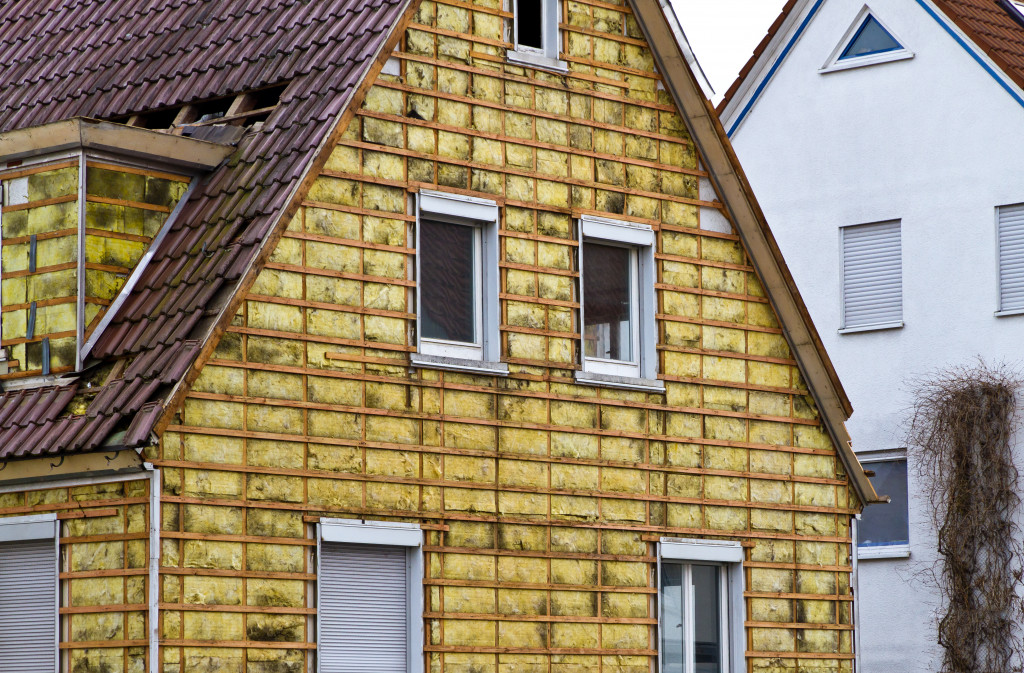The charm, personality, and unique character of old homes are simply undeniable. They’re located in prime neighborhoods and come with cheaper price tags than modern ones. While buying an old home is a good investment, it also causes potential problems in the long run.
That’s why home inspections are necessary when buying an older property. If it has a hidden wiring issue, you can always ask the owner to hire an electrician to address the problem before the purchase. But if the problem is bigger than a simple wiring issue, you may want to consider your options before making the final purchase.
In this article, we’ll talk about the hidden traps and pitfalls of buying an old home, including the safety issues and financial costs of unplanned repairs.
Lead and asbestos
Lead and asbestos were two of the most common building materials in the 20th century. But because of its safety risk to human occupants, building authorities have banned these materials because of their potentially hazardous effects on health.
Lead is a type of toxin that negatively affects a person’s nervous system and is formerly used in plumbing pipes and wall paint. Meanwhile, asbestos is a type of fibrous material valued for its heat resistance and was used as a building material for insulation, floors, and roofing systems. Today, authorities have banned construction professionals from using it because of its association with respiratory problems and cancer symptoms.
Lead and asbestos can be harmful to our health when these substances get disturbed during renovations. They combine with airborne materials, which you can ingest when inhaled. Breathing them even in small quantities can cause brain damage, cancer, or congenital disabilities.
Identifying and eliminating these hazards involve heavy and expensive work, which you cannot perform by yourself. That’s why it’s important to be wary of old houses that contain asbestos and lead-based paint to avoid incurring life-threatening damage to your family.

Deteriorating plumbing
As expected, old properties come with a deteriorating plumbing system ready to give any time soon. Updating plumbing is a complex and expensive project, which explains why most older homes still retain their cast-iron pipes. These present safety risks since corroded pipes can lead to leaks or inconsistent water flow.
Old pipes can also lead to lead poisoning. Aging pipes may be built out of lead, and as they decompose and get older, fragments of lead can be mixed with drinking water. Be also wary of pipes made out of polybutylene since they’re prone to bursting and getting corroded.
Other signs of a poor plumbing system include weak water pressure, slow water drainage, or leaky faucets and pipes. Replacing old pipes in a house can cost you $2,500 to $15,000. So before you buy an old house with leaky plumbing work, you better think again.
Old electrical wiring
House fires caused by wiring problems or short circuits can lead to serious injuries, millions of property damage, and even death. In fact, poor electrical distribution is one of the leading sources of house fires.
Old homes come with outdated electrical systems, especially if the previous owner doesn’t bother upgrading. Old wires break down and degrade over time, including the insulation that covers them. They get soaked with pipe leaks, struck by nails hammered into the wall, or chewed by pests. Cloth-insulated wiring is also a fire hazard in houses built between the 1950s to 1970s. Meanwhile, homes with knob and tube wiring can prevent you from applying for a mortgage or insurance.
Since old homes have lower amperage than modern power-hungry houses, it can ultimately lead to electrical overloads. Considering all the new technology we use daily, the outdated electrical systems in older houses won’t keep up. So if you’re buying an old home that requires major rewiring, the estimated costs can go high as $12,000 to $20,000.
Other signs to look out for include two-prong outlets, dim or flickering lighting, warm outlets or light switches, and frequent outages.
Foundation issues
Even the most solidly built homes can acquire cracks or even foundation slabs, causing dry rot, moisture damage, corrosion, and other structural concerns. When buying an old house, look for common signs of foundation issues, such as cracked tiles, uneven floors, wall cracks, sinking walls, and windows and doors that jam easily.
If you want to move forward with the purchase, keep in mind that foundation repairs can go be costly, depending on the severity of the structural issue.
Older homes may be cheap, but be wary of what lurks beneath their surface. No matter how competitive the market gets, never waive the home inspections. This will allow you to negotiate the price and back off when needed. Remember that performing a thorough inspection will protect not only your investment but also your family’s health and safety.

